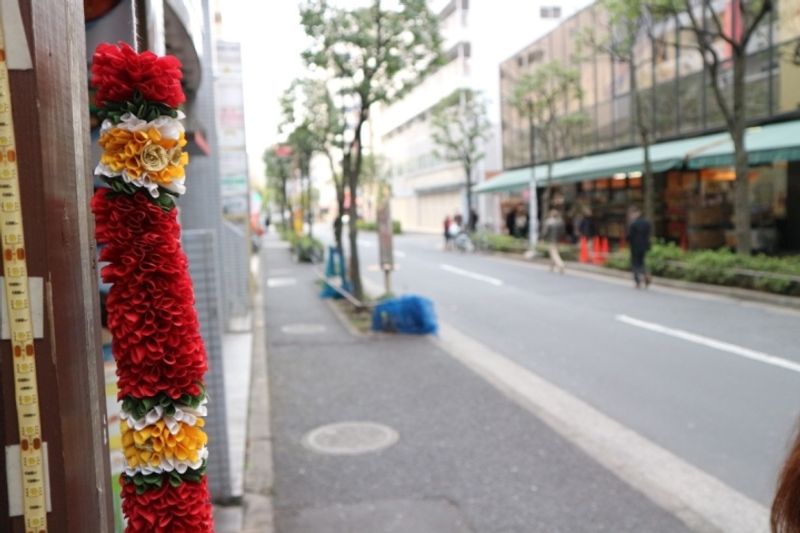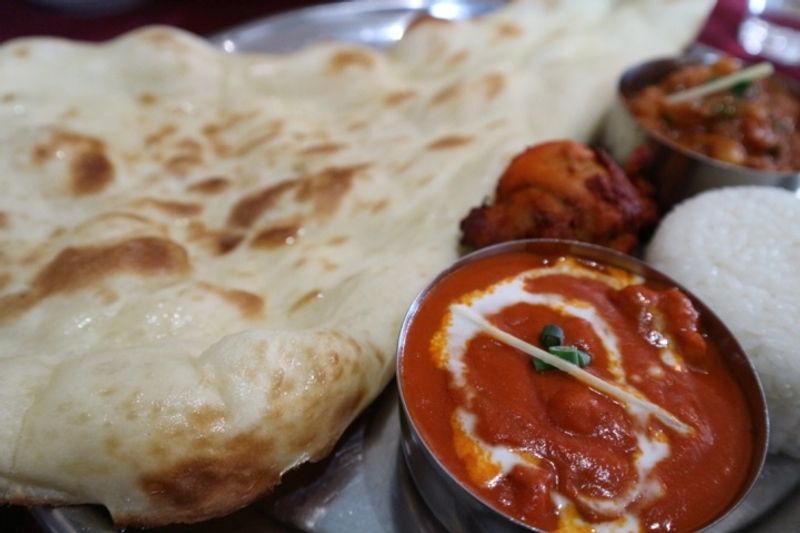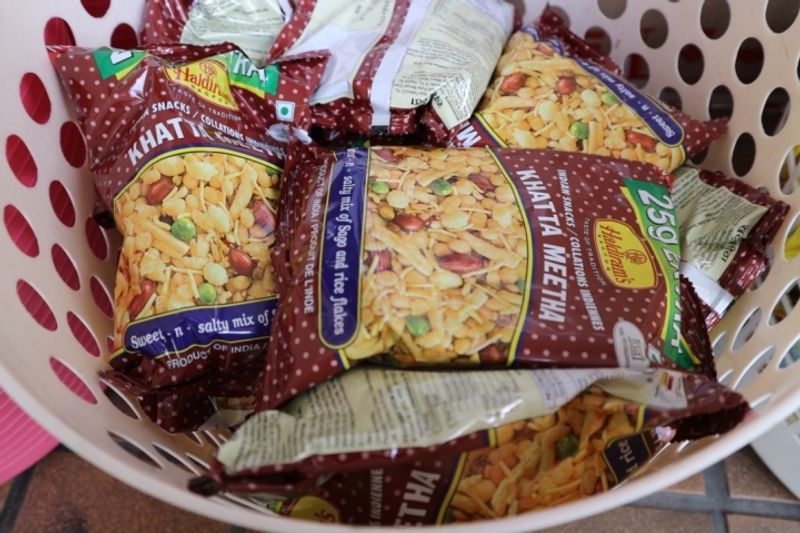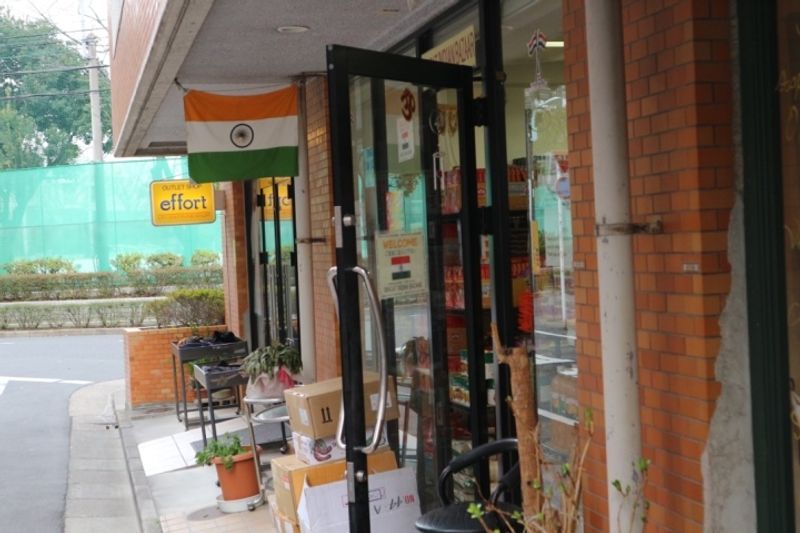Mar 6, 2017
Is Nishi Kasai's 'Little India' the model future for suburban Tokyo?

The traveller in me always feels a slight twinge of dread when backpacker word-of-mouth tells me about cultural enclaves in whatever city in the world, and how such and such a street is home to the largest population of such and such a people outside of such and such a country. These places rarely live up to the expectations laid down by the booming praise of over excited travellers. Classic case in point, the Liberdade neighborhood of Sao Paolo in Brazil. Home to the highest concentration of Japanese people outside of Japan, I went there expecting Shinjuku, and arrived to find, well, Brazil, but with a few more Japanese restaurants. It’s with a similar sense of scepticism then that I hear the station area of Nishi Kasai (西葛西) in Tokyo’s Edogawa-ku, so often referred to as ‘Little India’.
If the coupling of ‘little’ and ‘India’ gets you thinking of a packed Paharganj side street, you will be brutally disappointed. Better to think of this ‘Little India’ as just a little bit of India, in Tokyo. The stats don’t lie though; Nishi Kasai is the home to the largest Indian community in Japan (around 10 percent of it). It’s a community that’s taken some thirty years to grow to this point, in part down to the efforts of celebrated community leader Jagmohan Chandrani who set up in the area during the early 80s, a time when there wasn’t even a Nishi Kasai Station to speak of. It’s these efforts that have helped the population grow, and lead to the establishing of two ‘Indian’ primary schools with student enrolment at over 800 between the two.
Anyone who has ever been to India will likely talk of a country delightfully ignorant about personal space (although at times it can be infuriating). India jumps right in front of your face, it kisses your feet, spots you on a deserted beach and plonks down right next to you. It puts an arm around you and tells you about the cousin that just happens to live in your home town. Nishi Kasai, however, is about as far removed from India as a place could be.
Food and Shelter
Nishi Kasai, though, is a convenient place to live, whoever you are; Tokyo but cheaper, and via the Tozai Line, easy (although crowded) access to some of the capital’s most notorious office ghettos (think Ōtemachi, Kayabachō et al). It’s this ‘convenience’ that appeals to the IT workers who come in from India, that and a network of support established by Chandrani and groups like the Japan-India Association and India Community Edogawa.
This expat was once turned down an apartment in Nishi Kasai on accounts of being, well, not Japanese. It’s a problem that many IT workers from India faced in the early days, and one that local Indian expats like Chandrani have gone some way to addressing. But if you put faith into online opinion, all is not rosy in Nishi Kasai. Search for local thoughts on a life in this part of Tokyo, and you’ll find opinion expressing concerns about safety in the area on accounts of a combination of foreigners and drunken salarymen. Whilst this smacks of ignorance, it isn’t isolated. In Dec. 2015, we published a post about the survey results of the best/worst stations for atmosphere on the Yamanote Line. ‘Koreatown’ gateway, Shin-Ōkubo Station, featured on the list of ‘worst’ stations, with respondents citing an atmosphere that was ‘foreign’ and ‘alienating’.
Locals in and around Nishi Kasai talk of a regional government that is investing in the creation and promotion of the area as a place to bring up the family. Whilst moves towards this are visibly evident (Nishi Kasai might be ‘Little India’ but it’s also an abundance of ‘big’ mansion buildings) on initial impression, one would be hard pushed to find anything foreign, alienating or remotely threatening about Nishi Kasai, from a Japanese perspective anyway (although we are here on a Sunday afternoon). This is classic ‘Japan bed town territory’. If you’re here for the ‘Little India’, you have to look for it. You’re most likely to find it in the restaurants.

Those in search of a good curry will find the pickings pretty rich here. Nishi Kasai’s curry houses have been established exactly to serve the Indian community. One would hope then, that there is little pandering to the Japanese palate. The most celebrated of the area’s curry restaurants, Spice Magic Calcutta, was opened by Chandrani himself in 2000, and there are now two branches, either side of the train station. We went a little further afield to Restaurnat & Bar Munal, on a quiet residential street five minutes walk from the north exit of the station. In true Indian style a member of staff spotted us negotiating the menu outside and came out to greet us. Inside a mix of locals and expats were dipping into ~ 1000 yen lunch sets.

For Indian food supplies stay on the north side of Nishi Kasai Station. A short walk up the main road heading out of the station area brings you to a massive apartment complex at the foot of which is TMVS FOODS ‘The Indian Supermarket’. The name is deceptive, this is a pint-sized place, but the shelves are well stocked with all things Indian-ingredients. Follow the north side of the train tracks east towards Kasai (look left after the Toyoko INN) and you’ll come to Swagat Indian Bazaar, another diminutive but delightful resource for your Indian groceries. Whichever you choose, both establishments have the charm and exotic scent of Indian grocery stores you might be familiar with back home, making little appeal to aesthetics, concentrating instead on the produce alone.

To what extent plans of authorities to develop Nishi Kasai’s image include support for the Indian community here are unknown to this expat, but this unassuming Tokyo suburb could well find itself a model for the future of a Tokyo looking increasingly outside of Japan for a workforce to drive its economic growth. Just don’t expect Nishi Kasai to display any of the chaotic charm you’ll find in India.
Have you ever been to Tokyo's Little India? What India resources do you know of in Japan? Drop us a line in the comments below.
India in Japan resources
Restaurant & Bar Munal
| Address | 3 Chome−6−14, Nishikasai, Edogawa-ku, Tokyo, 34-0088 |
| Tel | 03-3686-4590 |
Map:
TMVS FOODS
| Address | 5-8-6-108 Nishikasai, Edogawa-ku, Tokyo, 134-0088 |
| Tel | 03-6808-6011 |
| Web | www.tmvsfoods.jp |
Map:
Swagat Indian Bazaar
| Address | 5-12-2 Nishikasai, Edogawa-ku, Tokyo, 183-0034 |
| Tel | 03-3680-9490 |
Map:
(Other) source(s)
See us on ...
Twitter: @City_Cost_Japan
Facebook: @citycostjapan



0 Comments